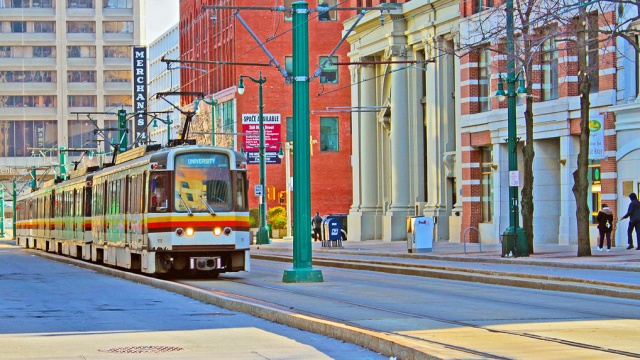You’ve probably heard that many great redevelopment projects are taking place in Buffalo, New York, especially along its old industrial waterfront.
This article explores the long, often-painful history of attempts to revitalize this once-great city.
For instance, Buffalo’s new building code is “form-based,” meaning that it restores the arrangement and integrated uses of various building types, scales, and heights to allow for lively, walkable, nonalienating streets of the sort that worked just fine in cities across the world for time immemorial.
Form-based planning is one of the central tenets of the “New Urbanist” planning movement, which designs for compact “good urbanism” in place of “disaggregated,” car-centric sprawl.
Buffalo’s form-based code is dubbed “green” in part because it would free people from car servility and, in a particularly bold move, proposes to eliminate minimum parking requirements for new building.
But it’s also green because it promotes multi-use recycling of Buffalo’s urban core. Under the new code, people will be able to use historic buildings for a variety of purposes—on the principle that the “greenest” building is the one that already exists.
The code also provides direction on energy-efficiency retrofits, rain gardens and wetlands, renewable energy installations, brownfields reuse, and tree canopy restoration.

